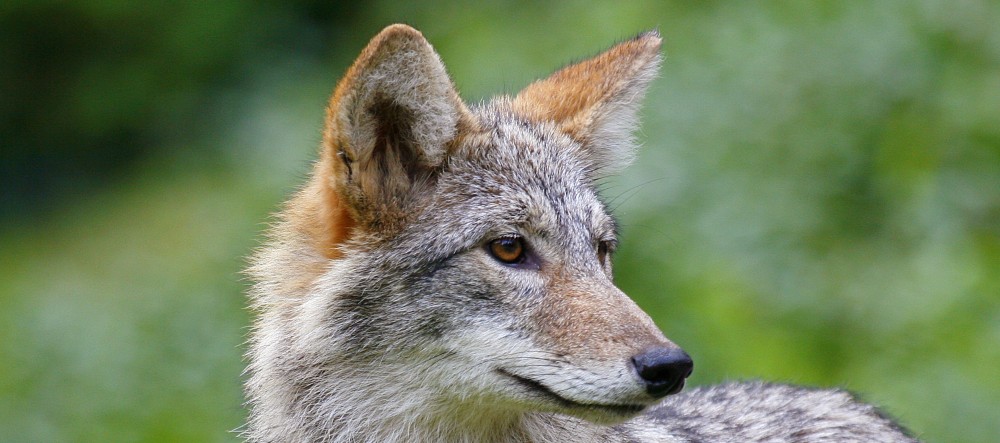Wildlife Conservation & Management Funding in the U.S.
By Mark E. Smith and Donald A. Molde
October 2014 (updated 21 June 2015)
EXECUTIVE SUMMARY
The authors present a novel approach to help answer the question “Who really pays for wildlife in the U.S?” Using public information about budgets of various conservation, wildlife advocacy, and land management agencies and non-profit organizations, published studies and educated assumptions regarding sources of Pittman-Robertson Act and Dingle-Johnson Act federal excise monies from the sale of sporting equipment, the authors contend that approximately 95% of federal, 88% of non-profit, and 94% of total funding for wildlife conservation and management come from the non-hunting public. The authors further contend that a proper understanding and accurate public perception of this funding question is a necessary next step in furthering the current debate as to whether and how much influence the general public should have at the wildlife policy-making level, particularly within state wildlife agencies.
Read the full paper here: Smith Molde Wildlife Funding spreadsheet Rev F2 19Jun15.







